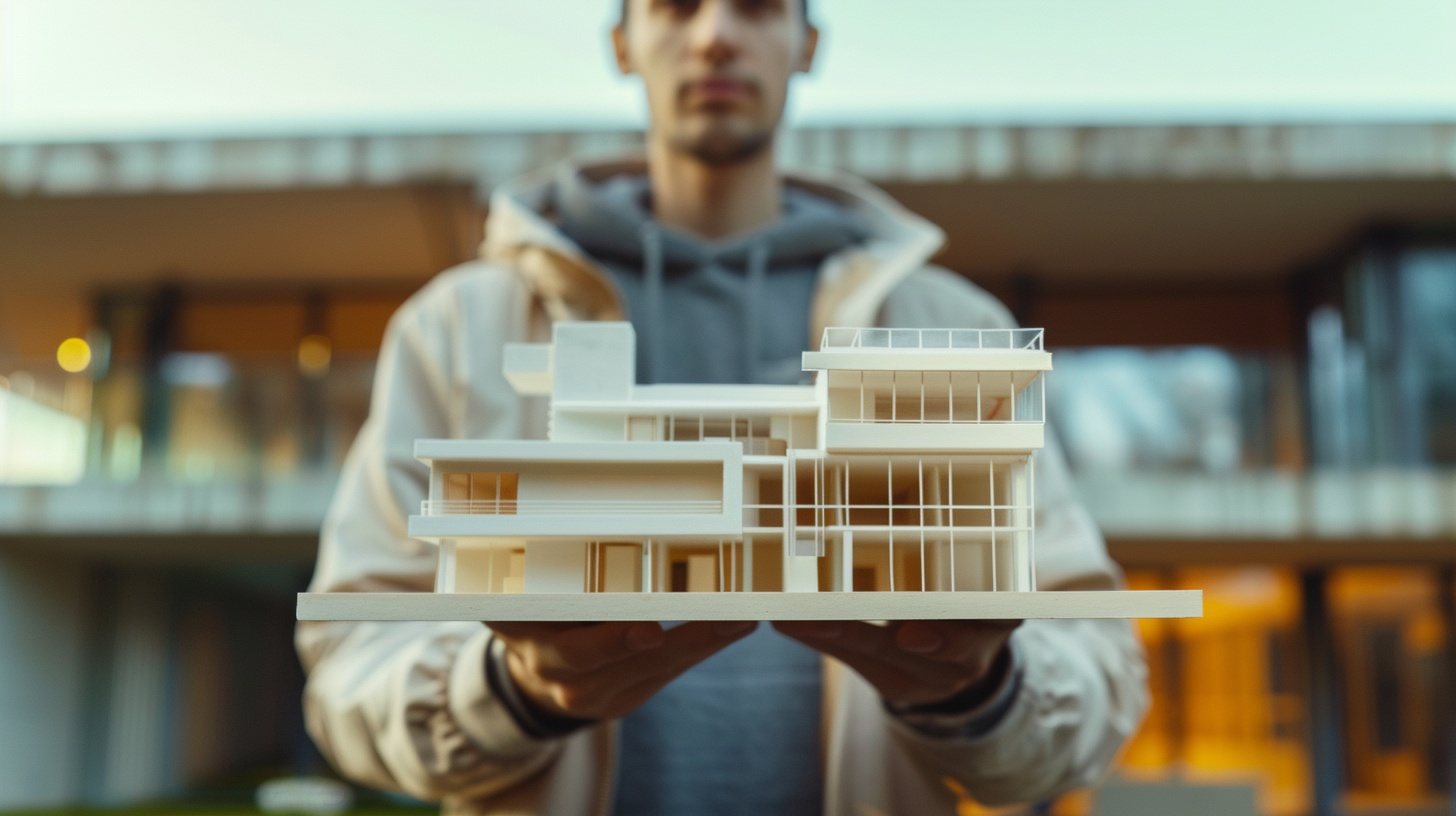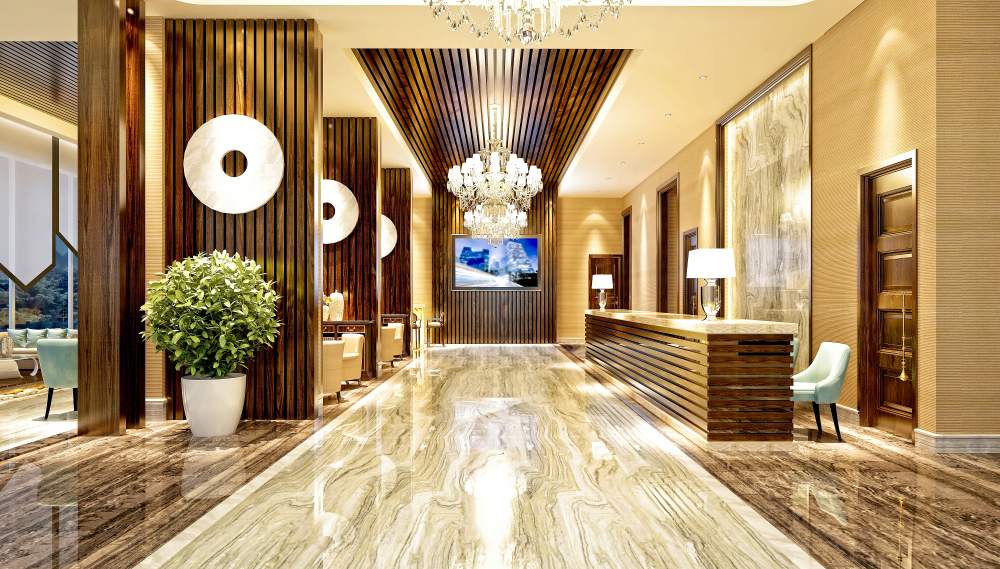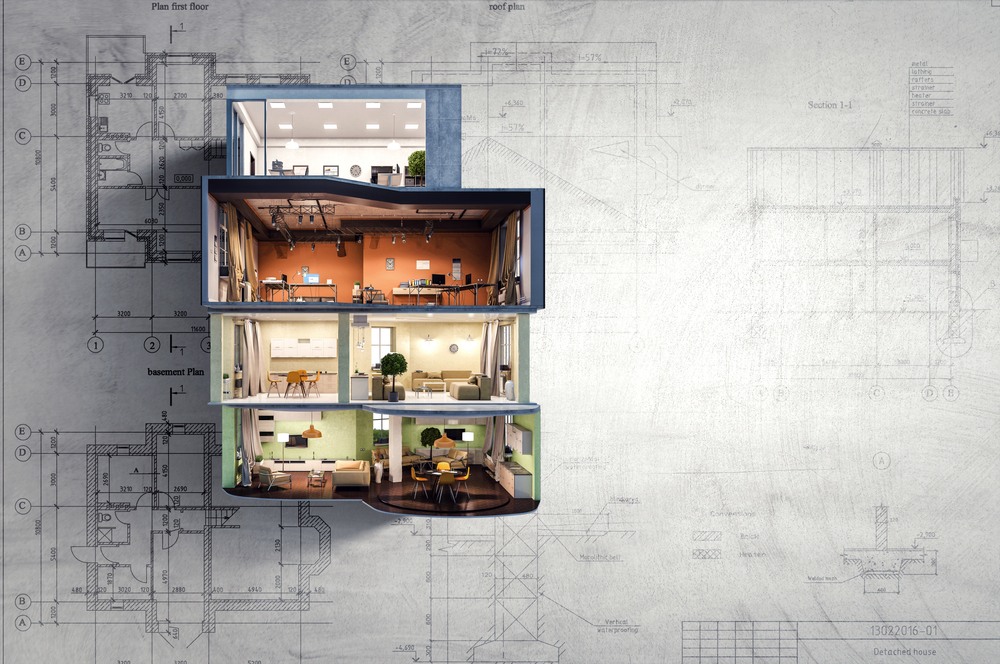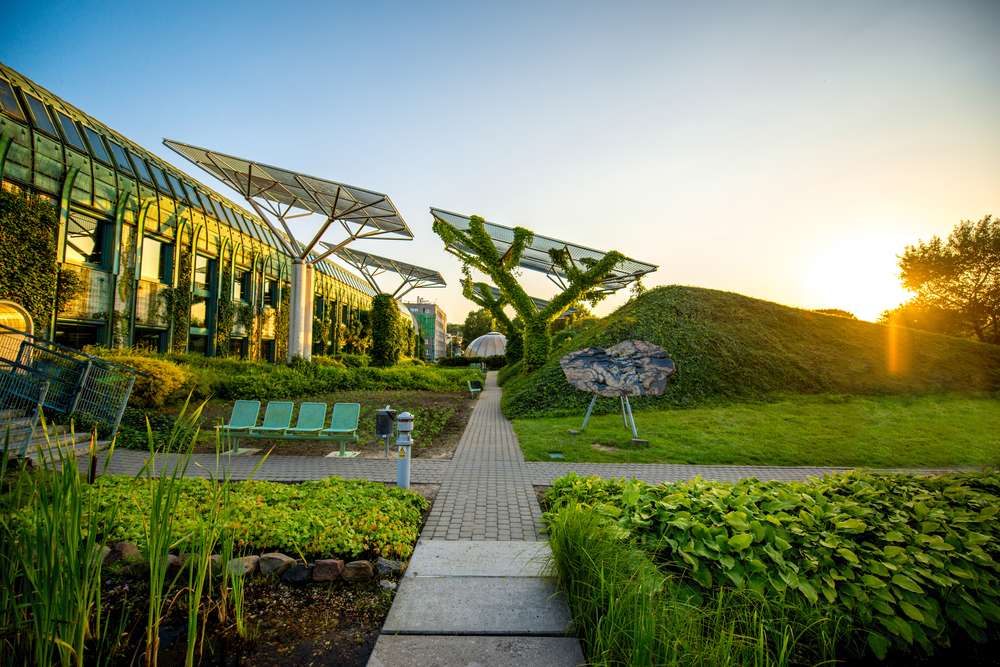
Designing for Wellness and Creating Healthy Spaces in Architecture

When it comes to designing spaces that promote health and well-being, architecture plays a crucial role. Imagine stepping into a building and immediately feeling a sense of calmness and vitality wash over you. That’s the power of designing for wellness and creating healthy spaces with architecture. But what exactly does this entail?
First and foremost, let’s break down what the wellness approach in architecture is all about. It’s not just about erecting structures; it’s about prioritizing the health and well-being of the people who inhabit those spaces. Think of it as a symbiotic relationship between the built environment and human wellness. By crafting spaces that foster relaxation, comfort, and a connection to nature, architects can positively impact the physical, mental, and emotional health of occupants.
Five Ways to Well-Being When It Comes to Wellness in Architecture
Now, get into the nitty-gritty details. How do the Five Ways to Well-Being — connecting, keeping active, taking notice, keeping learning, and giving — relate to and influence the built environment? Picture a building that encourages social interaction, provides opportunities for physical activity, offers moments of tranquility, stimulates intellectual curiosity, and promotes altruism. That’s the blueprint for a space that nurtures well-being on multiple levels.
But it’s not just about theoretical concepts; it’s also about tangible effects. Consider the impact of architecture on mental health, for instance. Exposure to natural light, thoughtful spatial design, and access to greenery can all contribute to improving mood, reducing stress levels, and enhancing overall well-being. The built environment shapes our experiences, influences our emotions, and ultimately affects our quality of life.
The design for wellness and the creation of healthy spaces with architecture is a holistic endeavor. It’s about integrating evidence-based principles, embracing biophilic design, fostering social connections, promoting physical activity, and enhancing the overall quality of life through thoughtful design. So, the next time you step into a building and feel a sense of rejuvenation, remember that it’s not by chance — it’s by design.
Incorporating Wellness Features in Architectural Designs
Picture yourself in a space flooded with natural light, surrounded by comfortable furnishings, and equipped with inviting social areas. These are just a few elements that can make a significant difference in promoting health and well-being within built environments.
Maximizing Daylighting
First off, maximizing daylighting is key. Sunlight has a profound impact on our mood and overall well-being, so it’s essential to prioritize natural light sources when designing spaces. Windows, skylights, and patio doors can all help to bring the outdoors in and create a bright, uplifting atmosphere. Whether it’s a cozy home or a bustling office, ample daylight can make a world of difference in how we feel in a space.

Comfort
Comfort is another crucial consideration. Nobody wants to live or work in a drafty, uncomfortable environment. When selecting windows, doors, and curtain walling, opt for products with excellent thermal efficiency to maintain optimal indoor temperatures year-round. Not only does this enhance comfort, but it also helps to reduce energy consumption and lower utility bills, a win-win for occupants and the environment alike.
Social spaces are essential for fostering connections and promoting well-being.
Whether it’s a communal lounge in a residential building or a collaborative workspace in an office setting, providing areas for people to come together and interact is paramount. The past year has underscored the importance of socialization, making it even more crucial to prioritize communal spaces in architectural design.

Outdoor Areas
Outdoor areas also play a significant role in promoting health and well-being. Access to nature, fresh air, and sunshine can work wonders for our mental and physical health. Even in urban environments, balconies, rooftop terraces, and landscaped gardens can provide opportunities for residents and employees to connect with the outdoors and recharge their batteries.

Natural Ventilation
Incorporating natural ventilation is another essential aspect of wellness-focused architecture. With concerns about indoor air quality and the spread of airborne pathogens, ensuring adequate ventilation is more critical than ever. Windows, doors, and curtain walling can all be designed to facilitate natural airflow, promoting a healthy indoor environment for occupants.
Conclusion
In summary, creating healthy spaces with architecture is about more than just aesthetics. It’s about prioritizing the well-being of the people who inhabit those spaces and designing environments that support their physical, mental, and emotional health. By maximizing daylighting, enhancing comfort, fostering social connections, providing outdoor spaces, and promoting natural ventilation, architects can create spaces that truly enhance the quality of life for occupants.
If you’re ready to start your architectural planning journey and create spaces that prioritize health and well-being, contact Designs Boss today. Our team of experienced architects is here to help bring your vision to life and create spaces that promote wellness for all occupants. Let’s work together to design a healthier, happier future.
Latest

What Makes a Good Architectural University

What Are The Most Beautiful Bridges Ever Designed

